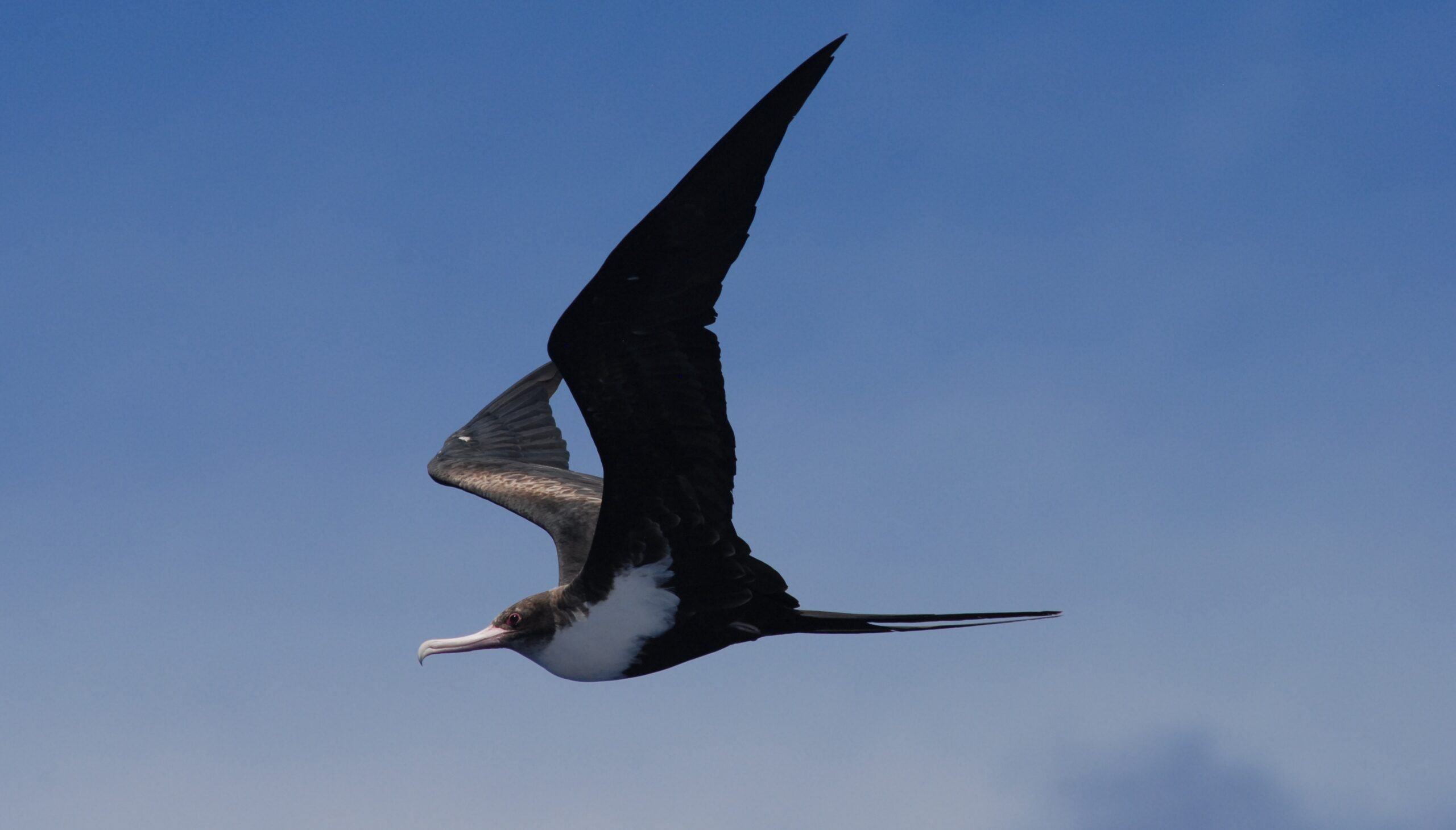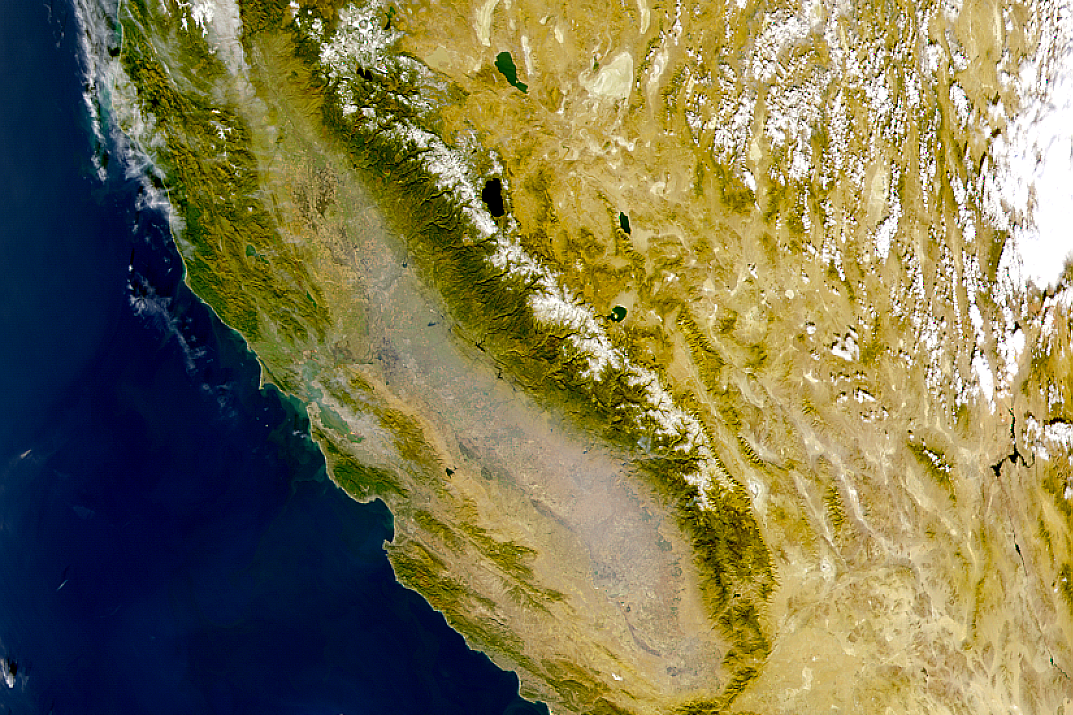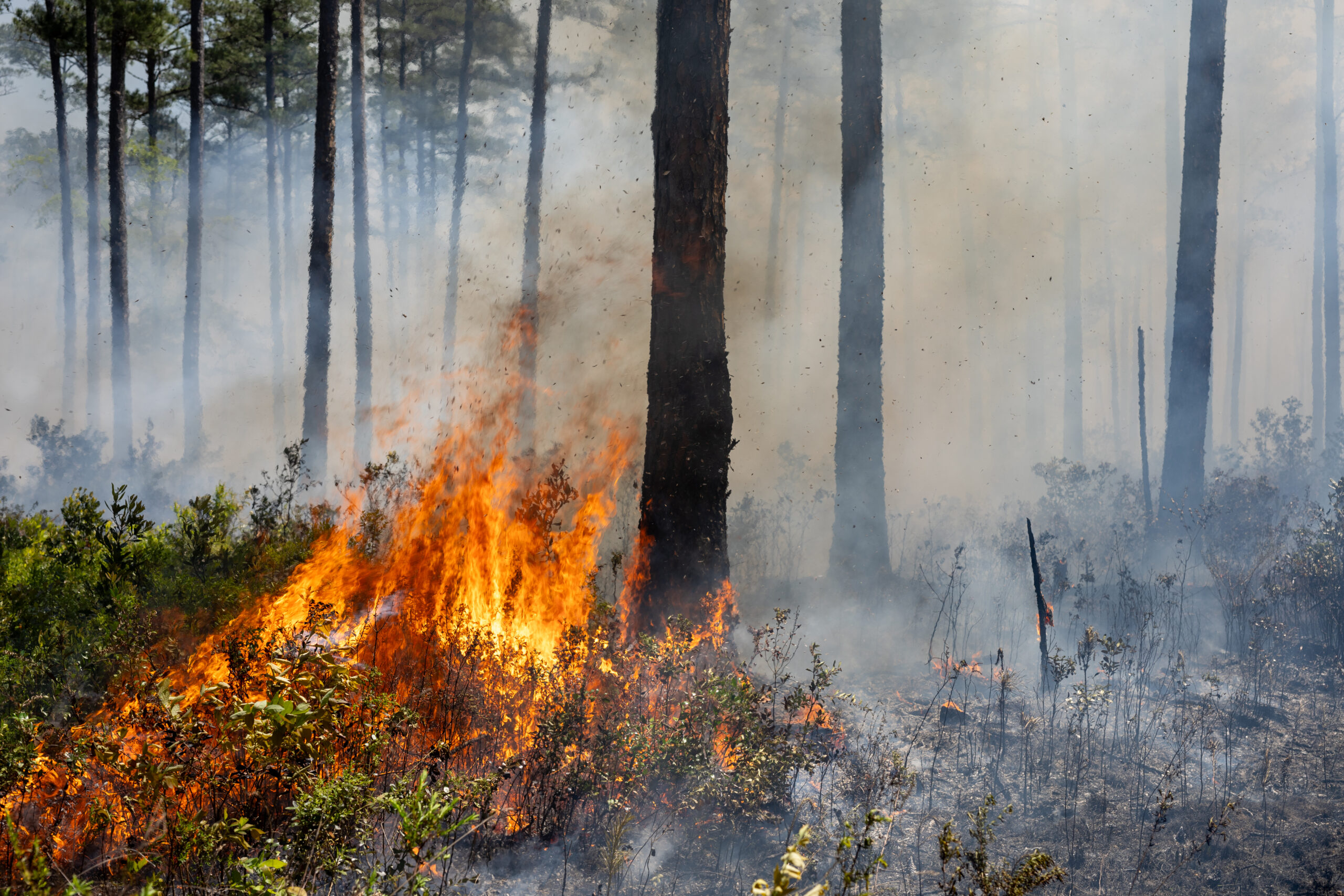By Jane Berg and Tamara Enz June 6, 2025 What is the Internet of Animals? For…
Cecelia Chang Works on Volcano Plume Study in Houston
BAER’s Cecelia Chang recently returned from Houston where she participated in the “Volcano-plume Investigation Readiness and Gas-phase and Aerosol Sulfur” (VIRGAS) field experiment. The experiment primarily tested a new NOAA instrument designed to study sulfur dioxide (SO2) emissions from volcanoes. Eventually, NOAA and NASA hope to deploy the instrument in aircraft flying near volcanic eruptions, giving scientists an opportunity to observe the sulfur content of the volcanic plume and understand the implications for climate and the atmosphere. In the stratosphere, sulfur forms the ubiquitous sulfate aerosol layer, which affects climate through scattering and absorption of solar radiation. Key research issues include understanding how natural and human-caused emissions of sulfur species, for example from volcanoes and from fossil-fuel power sources, ultimately influence climate, air quality, and visibility.
The new instrument was installed aboard NASA’s WB-57F aircraft, and the testing, completed in late October, involved the making of sulfur dioxide measurements over the course of five flights in the upper troposphere and lower stratosphere. Chang’s responsibility during the mission involved the taking of in situ state measurements of static pressure, static temperature, and three-dimension wind. Scientists with the VIRGAS experiment will use these measurements to facilitate the interpretation of data from the new instrument. Chang’s group has, over the years, collected similar data from many NASA aircraft, including the ER-2, DC-8, GLOBAL HAWK, SIERRA UAV, and ALPHAjet.



